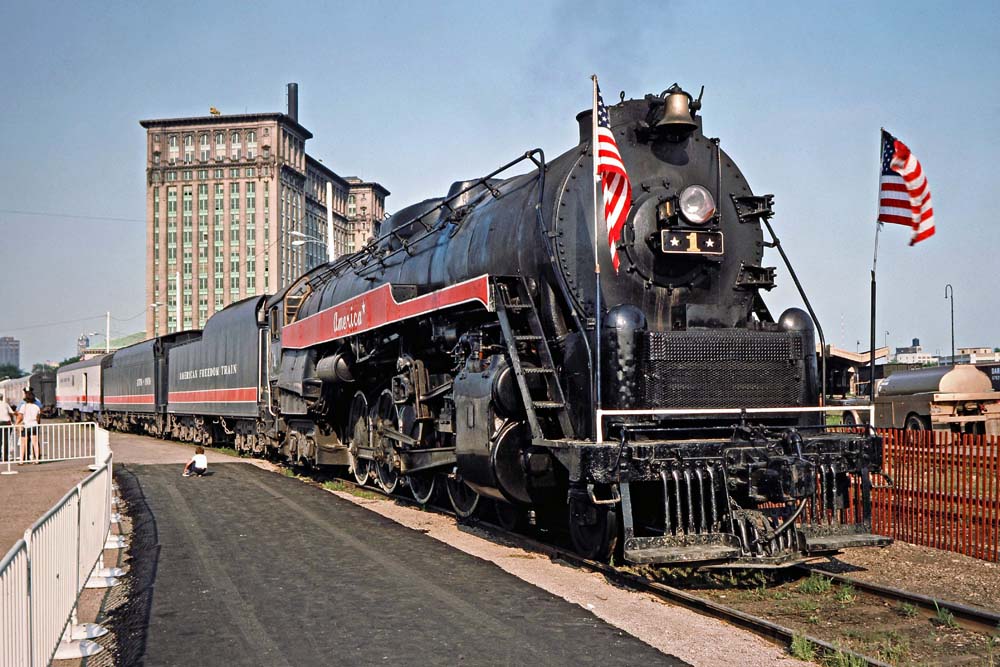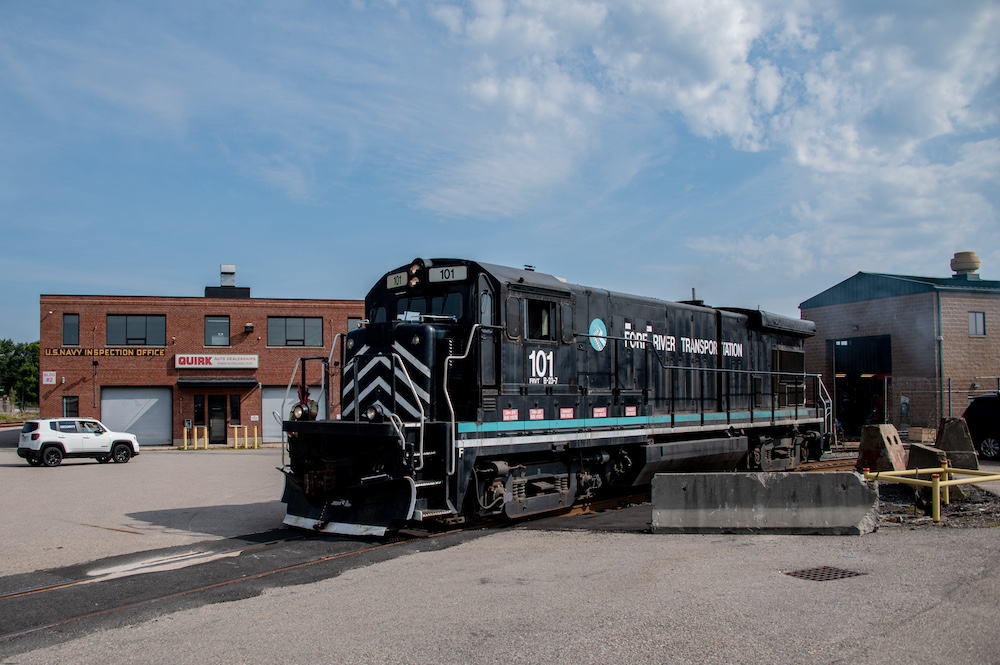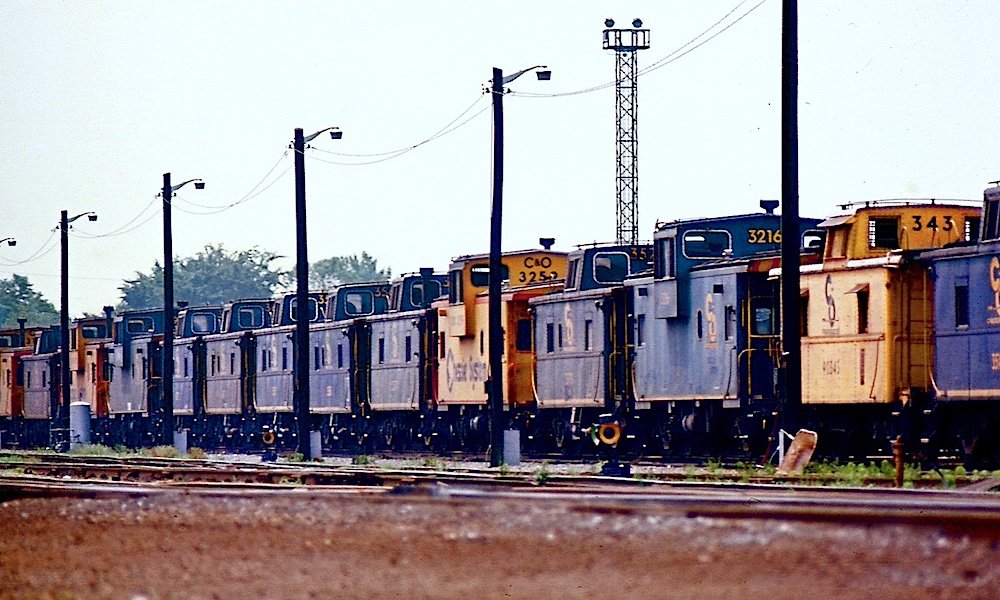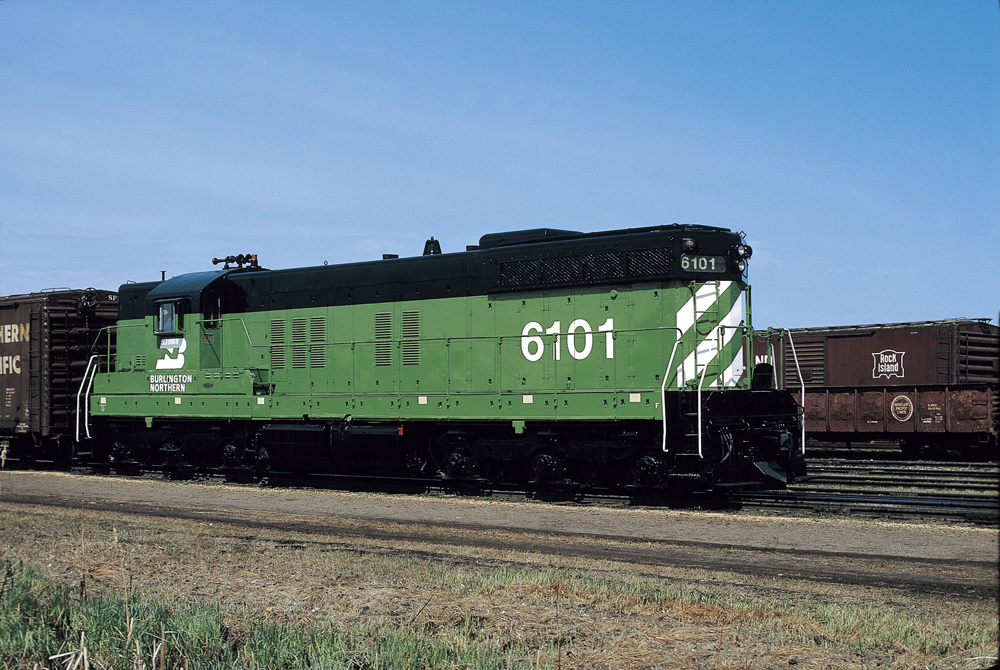— Steve Raber, Berlin Md.
A Pullman operated as a concessionaire offering parlor and sleeping car accommodations and services. By the 1920s, Pullman owned and operated virtually all sleeping cars (and many parlor cars) in the United States. Pullman also offered food and beverage service, although many railroads eventually chose to operate their own dining and lounge cars. Contracting with Pullman was not only a way for a railroad to outsource these specialized functions, but it also gave it access to Pullman’s national pool of cars and personnel, an invaluable resource for handling seasonal variations in traffic or special events.
Railroads could choose what services to contract out to Pullman. Generally, if a railroad used Pullman for a particular service (say, sleeping cars), Pullman would handle all such operations on that railroad. However, that was not always the case. There were instances in the 19th century where a railroad had contracts with more than one sleeping car concessionaire, or operated some of its own sleepers as well as those of a concessionaire. Later, some railroads operated their own sleeping cars on lines local to their system but used Pullman for interline sleeper service.
The contractual relationship between Pullman and the railroads varied over time. The basic premise, however, was that the railroad would define the service(s) to be provided by Pullman; Pullman would establish and collect from passengers the charges for the accommodations (seat, berth, and room) or service (food and beverage); the railroad would guarantee Pullman a certain level of gross earnings per car (after a consortium of railroads acquired Pullman in 1947, each road would cover any net loss from Pullman service on its lines); and Pullman would share with the railroad a portion of any profits it realized from its operations on that railroad.
— Bill Howes, former Pullman Co. director













